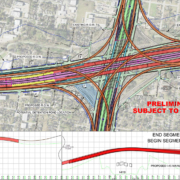Update for METRO’s Inner Katy BRT Plan
This week we have another excellent post from Oscar Slotboom.
In January Metro received a Categorical Exclusion (CATEX) determination for the Inner Katy Bus Rapid Transit project from the Federal Transit Administration. The document can be downloaded here.
A CATEX means that no additional environmental study is needed, meaning that neither a very extensive (multiple-year) environmental impact statement nor a less-extensive environmental assessment is needed. This is good news, saving both time and money, because it will allow the project to proceed to construction as soon as plans are ready which could be as soon as later this year (with project completion in 2027) according to the presentation at the March H-GAC meeting. The CATEX is somewhat surprising, since even the most minimal road projects such as adding two more lanes to Westpark in existing right-of-way in west Houston required an environmental assessment.
At the March H-GAC meeting (Item 11) it was reported that Metro and TxDOT have resolved the remaining design issues. The design will accommodate TxDOT’s planned four managed lanes when TxDOT is able to proceed with the Inner Katy managed lanes. The updated video is posted on Metro’s project page.
From the West Loop to Washington Avenue, the BRT will initially run in the center of the freeway. When TxDOT proceeds with the managed lanes, a separate structure will be built for the BRT on the south side of the Katy Freeway.
Metro added a station at Memorial Park. In August 2021 I blogged that data in Dallas suggests that a park station will have low ridership, but the good news is that only one new station was added on the Inner Katy section (excluding downtown), for a total of three stations which is an acceptable number to maintain a decent average speed.
From Studemont into downtown, option 2 is the selected design and the BRT will be entirely separate from the managed lanes, requiring a new structure on the south and west sides of the freeway. The CATEX document (page 28) reports that option 2 requires 3.41 acres of new right-of-way, with 0.75 acres specifically for option 2. I don’t know the legal implications of the CATEX, but hopefully Metro can now proceed to acquire all the property it needs.
Read the rest of this piece at Houston Strategies.
Tory Gattis is a Founding Senior Fellow with the Urban Reform Institute and co-authored the original study with noted urbanist Joel Kotkin and others, creating a city philosophy around upward social mobility for all citizens as an alternative to the popular smart growth, new urbanism, and creative class movements. He is also an editor of the Houston Strategies blog.
Photo: Courtesy Houston Strategies

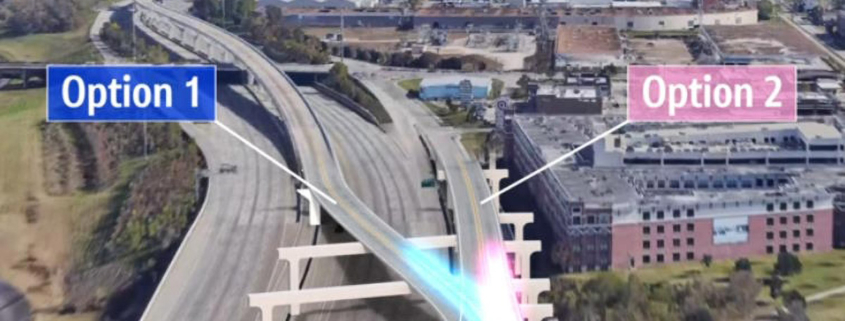
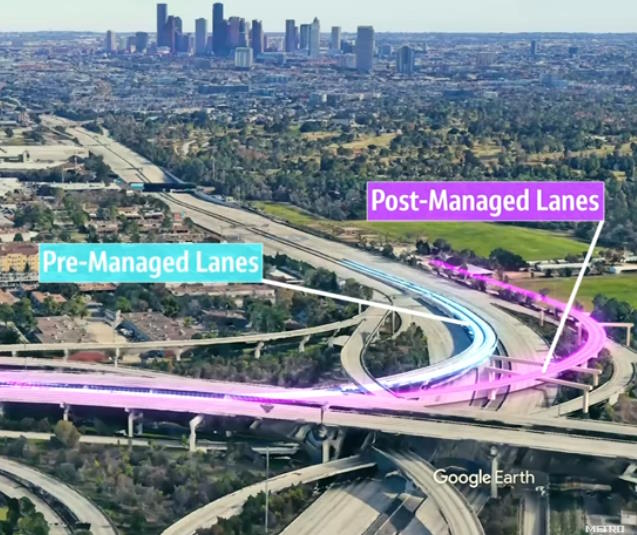
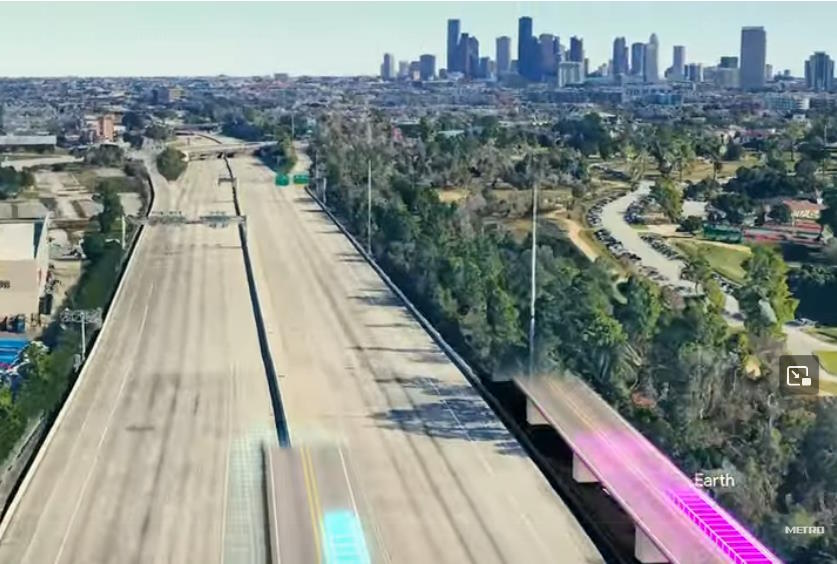
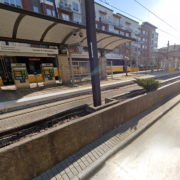



 Gage Skidmore, used under CC 2.0 License
Gage Skidmore, used under CC 2.0 License